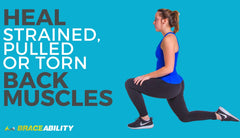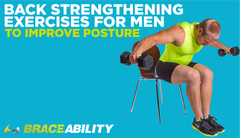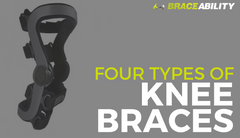Got a Loose Kneecap? Try These 7 Exercises for Patellar Tracking, Subluxation, & Dislocation
![]()
Not familiar with all this medical jargon? No worries, you’re not alone! Patellar tracking disorders refer to different medical conditions that cause your kneecap to track out of place when you bend or straighten your leg. Typically, your kneecap will shift too far towards the outside of your leg (laterally), but you can experience a shift towards the inside of your leg (medially) as well.
Can Patella Strengthening Exercises Decrease Your Knee Pain?
Although there are several underlying causes for patellar misalignment, weak muscles around your knees and hips are among the top suspects. Therefore, it is important to strengthen the muscles, such as your thigh muscles (quadriceps), that stabilize your kneecap (patella).
Don’t worry! The exercises for patellar tracking disorder, which fix kneecap instability, are not complicated and can be done at home in 20 minutes or less! They will improve your patellar tracking and the overall stability of your knee. The 7 exercises listed below will help keep the muscles around your knees and hips strong and flexible!
7 Patellar Tracking Exercises That Will Improve Your Life
Quadricep Contraction (Quad Sets)
- Sit with both legs extended in front of you. Slide a rolled up towel or blanket under one knee so that it is slightly bent.
- Lift your foot off the ground so that your knee straightens fully.
- Hold your knee locked in extension for five seconds, then relax your quadriceps and slowly lower your leg back to its resting position.
- Do this for 8 to 12 repetitions several times a day.

Wall Slide
- Begin by standing with your heels about 6 inches away from a wall and your feet about a foot apart. Your back and buttock should be pressed against the wall.
- Slowly slide your hips down the wall until your knees are bent at roughly a 45-degree angle.
- Hold that position for about 5 seconds, and then slowly slide back up to the starting position.
- Repeat 8 to 12 times, at least 3 times a day.
Straight-Leg Raise to the Front
- Lie down with 1 leg bent at a 90-degree angle with your foot flat on the floor and extend your other leg fully.
- Tighten the quadriceps (thigh muscle) within your straightened leg and raise it to a 45-degree angle.
- Hold your leg in this elevated position for a second or 2 before slowly lowering it back to the ground.
- Do 8 to 12 repetitions, 3 times a day
Note: For straight-leg raise exercises, your physiotherapist may have you add light ankle weights as you become stronger.

Straight-Leg Raises to the Inside
- Lie on your side with the leg you are going to exercise on the bottom and your other foot either up on a chair or flat on the floor in front of your knee.
- Tighten your thigh muscles, and then lift your leg straight up away from the floor.
- Hold for about 6 seconds, slowly lower the leg back down, and rest a few seconds.
- Do 8 to 12 repetitions, 3 times a day.

Straight-Leg Raises to the Outside
- Lie on your side with the leg you are going to exercise on top.
- Tighten your thigh muscles, and then lift your leg straight up away from the floor.
- Keep your hip and leg straight in line with the rest of your body, and keep your knee pointing forward. Do not drop your hip back.
- Hold for about 6 seconds, slowly lower your leg back down, and rest a few seconds.
- Do 8 to 12 repetitions, 3 times a day.
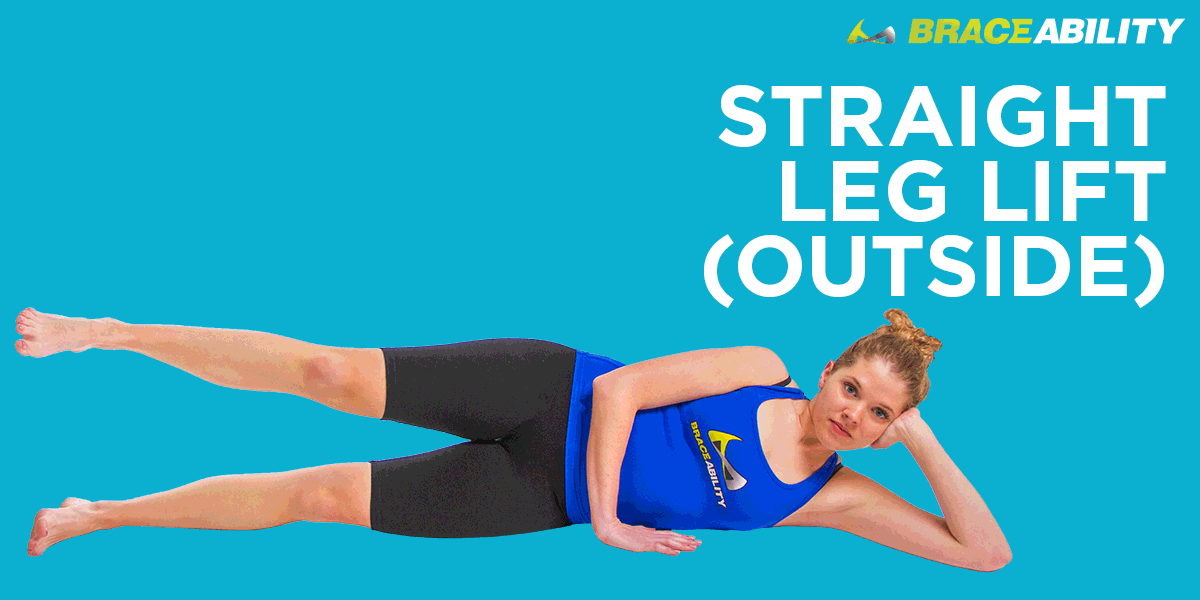
Straight-Leg Raises to the Back
- Lie on your belly.
- Tighten your thigh muscles, and then lift your leg straight up away from the floor.
- Hold for about 6 seconds, slowly lower your leg back down, and rest a few seconds.
- Do 8 to 12 repetitions, 3 times a day.
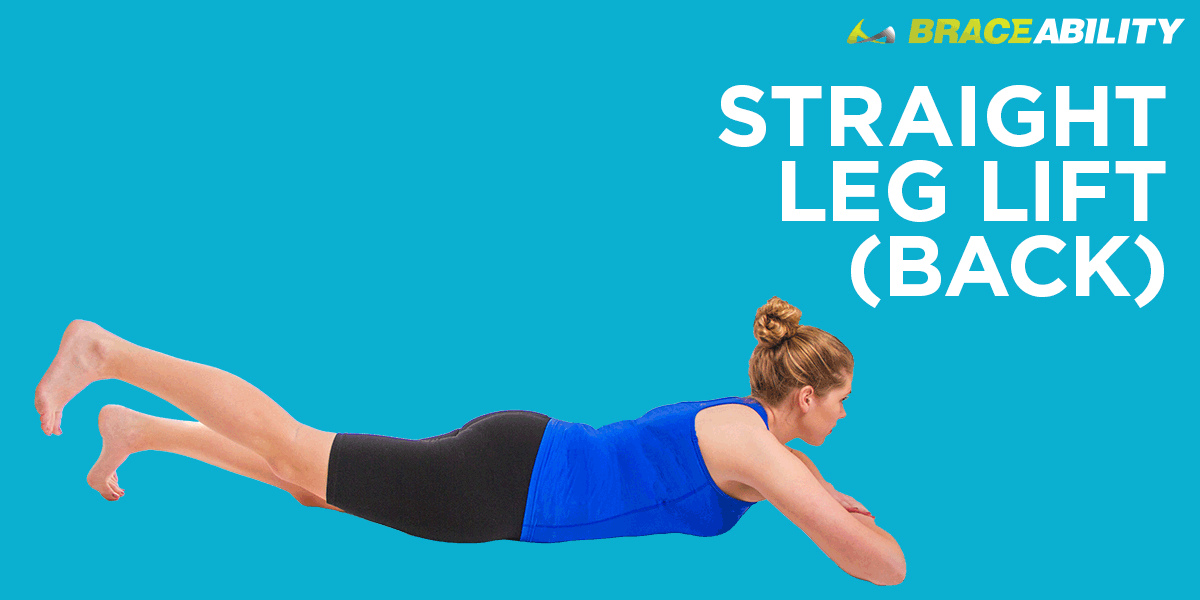
Shallow Standing Knee Bends
- Stand with your hands lightly resting on a counter or chair in front of you. Place your feet shoulder-width apart.
- Slowly bend your knees so that you squat down like you are going to sit in a chair. Make sure your knees do not go in front of your toes.
- Lower yourself about 6 inches. Your heels should remain on the floor at all times.
- Rise slowly to a standing position.
- Do 8 to 12 repetitions, 3 times a day.
The Most Common Misconception About Exercise for Patellar Tracking Disorders
-
Exercise Does More Harm Than Good
At first, directly following an injury or flare-up of patellar tracking disorder, patellar subluxation, or patellar dislocation, knee activity should be reduced. However, you should begin exercising once your symptoms resolve and you’re cleared to exercise by your doctor or physical therapist. In addition to your exercise program, many doctors will recommend using a brace or taping technique to keep your kneecap in proper alignment.
-
Owning a Knee Brace Can Change Your Life
If you’re worried about your kneecap subluxing or dislocating again, try wearing a knee brace throughout the day and while exercising to prevent maltracking of your kneecap. Knee braces limit any damaging movements while enhancing kneecap stabilization during recovery.
This J knee brace is great if you are struggling with lateral (outer knee) subluxation or dislocation. It has a C-shaped buttress and versatile strapping system, which supports and helps ensure proper movement of your kneecap. This knee brace can help with a number of injuries involving patella tracking, kneecap irritation, or patella misalignment.
If you struggle with medial or lateral patella misalignment, we strongly recommend this short and lightweight knee brace. The C-shaped buttress of this knee brace can be moved for either lateral or medial patellar misalignment. The open patella design of this brace improves its flexibility and keeps pressure off your sore kneecap.


